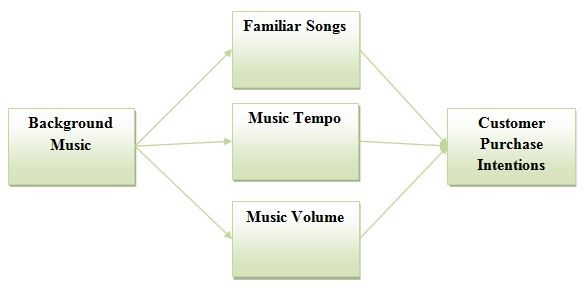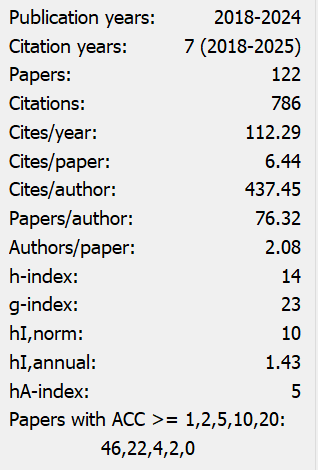The Impact of Background Music on Customer Purchase Intentions
The Case Study of Retail Supermarkets in Harare, Zimbabwe
Abstract
Retail supermarkets in Harare have been finding it difficult to differentiate their store environment based on the traditional components of the retail mix. As such, a quantitative research study was conducted to determine the impact of background music on consumer buying behaviour for retail supermarkets in Harare, Zimbabwe. Specifically, the study sought to determine the effect of playing familiar songs on customer purchase intentions and examine the impact of music tempo on customer purchase intentions in retail supermarkets. The study also intended to determine the effect of music volume on customer purchase intentions in retail supermarkets. Key findings indicated that music volume has a negative effect on customers purchase intentions (r = -0.199; p < 0.05). The study also revealed that music tempo had a negative effect on customer purchase intentions with a coefficient r = -0.208 at 5% level of significance. The findings implied that when music tempo increases customer purchase intentions will equally inversely decrease at the sampled retail supermarkets. Furtherance, findings from the study revealed that familiar music was positively and significantly correlated with consumer purchase intentions with a coefficient r = 0.650 at 5% level of significance. Thus, the supermarkets can use background music as differentiation strategy for enhancing the value of products or services offerings through positive experiences. Indeed, creating pleasant experiences to customers while shopping products or services can help these customers to feel emotionally attached and bonded with the retail supermarkets.


This work is licensed under a Creative Commons Attribution 4.0 International License.
Copyright for this article is retained by the author(s), with first publication rights granted to the journal.
This is an open-access article distributed under the terms and conditions of the Creative Commons Attribution license (http://creativecommons.org/licenses/by/4.0/).


























